The story of the Traversari firm began around 1870, when the workshop was only a small souvenir shop, specialized in micromosaic costume jewellery. Then, in 1944, the three sons of the founder, Arturo, took over the business and expanded production to include the decoration of home accessories. Today the business is run by Franco and his two children, Letizia and Daniele, the third and fourth generation of Traversari mosaicists. They produce, with the help of an expert staff, portraits, pictures and decoration on objects using different techniques: Florentine mosaic in hard stones, micromosaic in spun enamelled glass and cut glass mosaic. The workshop’s production also includes costume jewellery in mosaic on brass or silver and customized creations according to the client’s wishes.
Recommended by:
MARIA PILAR LEBOLE
Add to an itinerary

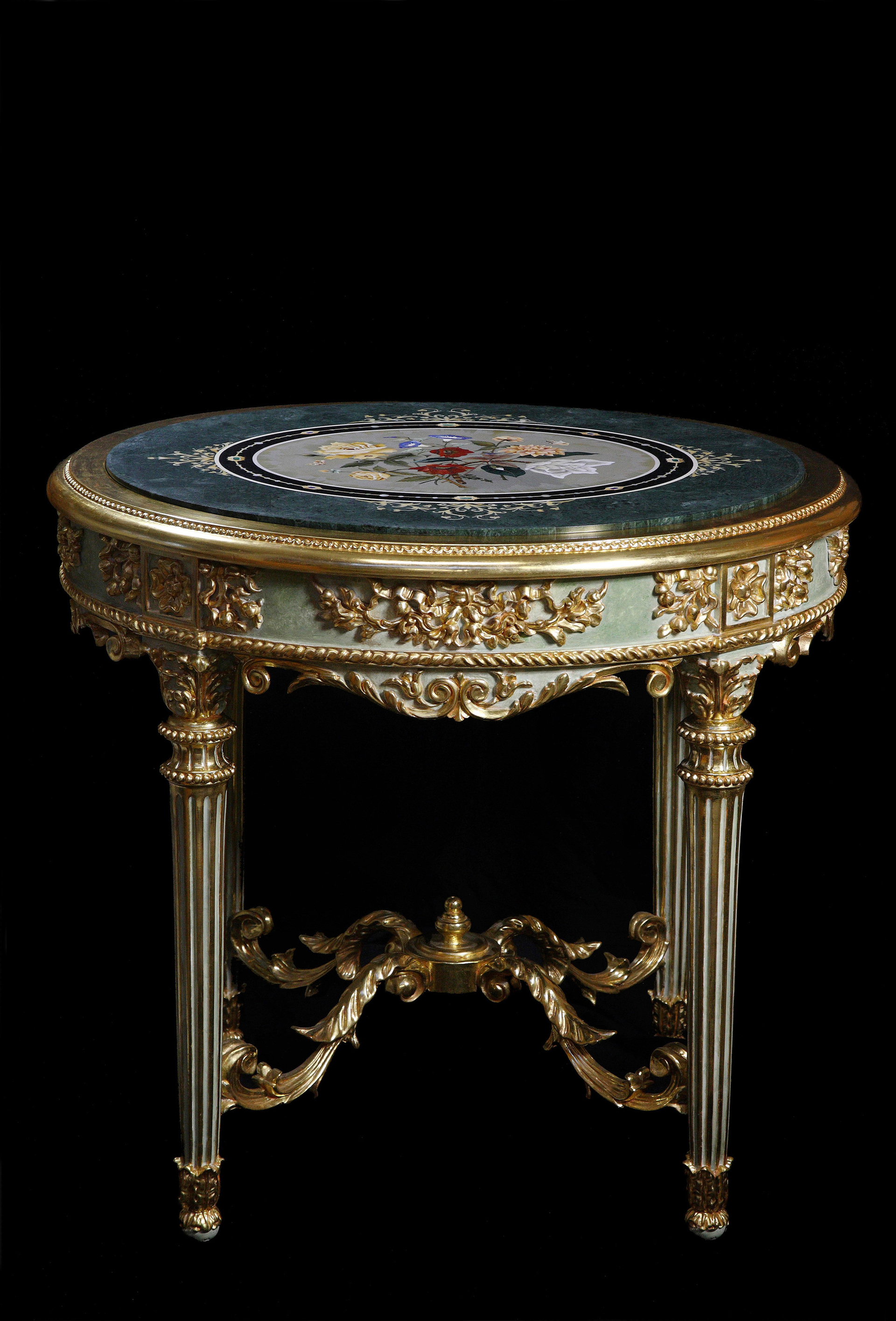

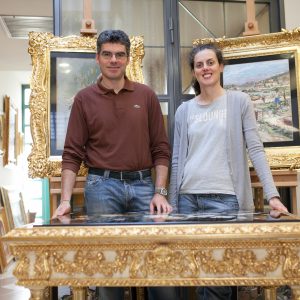
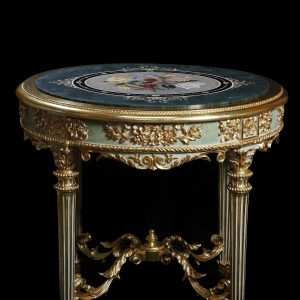
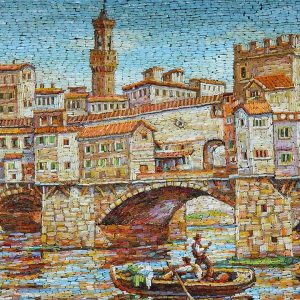
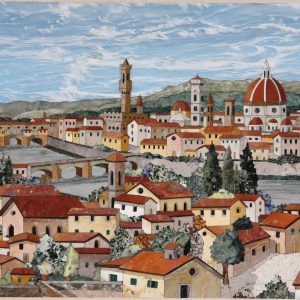

RATINGS
The Traversaris is one of the most important families of mosaic masters in Florence. Franco, the father, who has passed away, is still known to be ...
The Traversaris is one of the most important families of mosaic masters in Florence. Franco, the father, who has passed away, is still known to be one of the most important contemporary mosaic artists, thanks to his great attention to detail and his astonishing remakes of great artworks, such us Caravaggio’s “Bacco”. Daniele is an old friend of mine, who welcomed me in his workshop while I was starting the OMA project and I was studying the techniques of the Florentine Renaissance. Together with his kind and passionate sister Letizia, he dedicates himself to handing down the secrets of the trade and the Florentine micro-mosaic technique with Murano fiberglass. There are a few artisans that master this technique nowadays, together with “commesso fiorentino” technique with semi-precious stones. The subjects are mostly religious and sacred scenes, landscapes and still lifes, which stand out for their brightness and colour shades. The mastery and technical expertise of these artisans make their atelier one of the most important ones of Florence in this field.